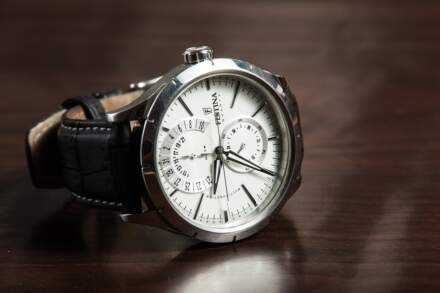Introduction
As parents, one of our primary concerns is ensuring that our little ones get the restful sleep they need for healthy growth and development. A significant factor contributing to a baby’s quality of sleep is their sleepwear. The right baby sleepwear not only helps regulate temperature but also provides comfort and safety. In this ultimate guide, we will explore the various types of baby sleepwear available, what materials are best for different seasons, the importance of proper fit, and additional sleep safety tips to promote a peaceful night’s sleep for your baby.
Understanding Types of Baby Sleepwear
When it comes to baby sleepwear, there are a variety of options to choose from, each designed to meet the specific needs of infants and toddlers. Understanding these different styles will help you select the best one for your child.
1. Sleepsacks and Swaddles
For newborns and young infants, sleepsacks and swaddles are often the preferred choices. Swaddling mimics the snugness of being in the womb, offering a sense of security. Swaddles can decrease startle reflex and help babies sleep longer by providing a comforting sensation. Sleepsacks, on the other hand, provide a safe way for babies to stay warm without loose blankets. With different weights and materials, sleepsacks come in various designs catering to diverse climates.
2. Pajamas
For older infants and toddlers, traditional pajamas may be the go-to option. These pajamas come in two-piece sets or as one-piece (also known as footed pajamas or sleepwear bodysuits) and are made from a range of materials. When selecting pajamas, it is vital to ensure that they are flame-resistant or snug-fitting, adhering to safety guidelines set by the Consumer Product Safety Commission (CPSC). Pajamas should also allow for plenty of movement, ensuring that your little one can crawl, roll, or stretch comfortably in their sleep.
3. Sleep Gowns
Sleep gowns are another lovely option, especially for infants. They feature an elastic bottom that allows for easy diaper changes without the need to completely undress the baby. Made from soft, breathable materials, sleep gowns can be very comfortable for babies. Some designs also incorporate additional features like adjustable necklines or built-in mittens to prevent scratching, making them a practical choice for many parents.
Choosing the Right Material
The fabric of baby sleepwear is crucial in providing comfort and ensuring a good night’s sleep. Babies have sensitive skin, so choosing hypoallergenic materials is paramount. Here are some of the most common materials used in baby sleepwear:
1. Cotton
Cotton is one of the most popular materials for baby sleepwear. It is breathable, soft, and allows for airflow, which helps regulate your baby’s temperature, reducing the risk of overheating. Organic cotton is even better as it’s free from harmful chemicals and pesticides, making it gentler on sensitive skin.
2. Bamboo
Bamboo fabric is another excellent option. Known for its moisture-wicking properties, bamboo helps keep babies dry and comfortable throughout the night, which can be particularly beneficial in warmer climates. Additionally, bamboo is naturally hypoallergenic and soft, making it an ideal choice for babies with sensitive skin conditions such as eczema.
3. Fleece
Fleece materials are perfect for colder weather as they provide warmth without heavy bulk. However, it is important to ensure that fleece sleepwear remains snug fitting and does not generate excess heat, which could lead to overheating. Always check on the baby to ensure they are comfortable and safe while sleeping in fleece.
Importance of Proper Fit
When it comes to baby sleepwear, proper fit is essential for comfort and safety. Loose clothing can pose a choking hazard and might also result in the baby becoming tangled, leading to potential accidents during sleep. It’s generally advisable to opt for snug-fitting options that meet safety standards while allowing for a bit of room for movement.
Infants grow quickly, so it’s also worth noting that you should check the fit regularly and switch to bigger sizes as needed. Sleepwear should not restrict budding crawlers or walkers but should rather support their movements.
Conclusion
Choosing the right baby sleepwear is an integral part of ensuring your child enjoys a restful night’s sleep. By understanding the various types of sleepwear available, selecting the right materials, and ensuring a proper fit, you can create a conducive sleep environment for your little one. Aside from investing in the right sleepwear, remember to always prioritize sleep safety by following guidelines such as placing your baby on their back to sleep and keeping the sleep area free of loose objects. With these considerations in mind, you’ll be well-equipped to provide your baby with the sweet dreams they deserve. Sweet dreams!








Leave a Comment